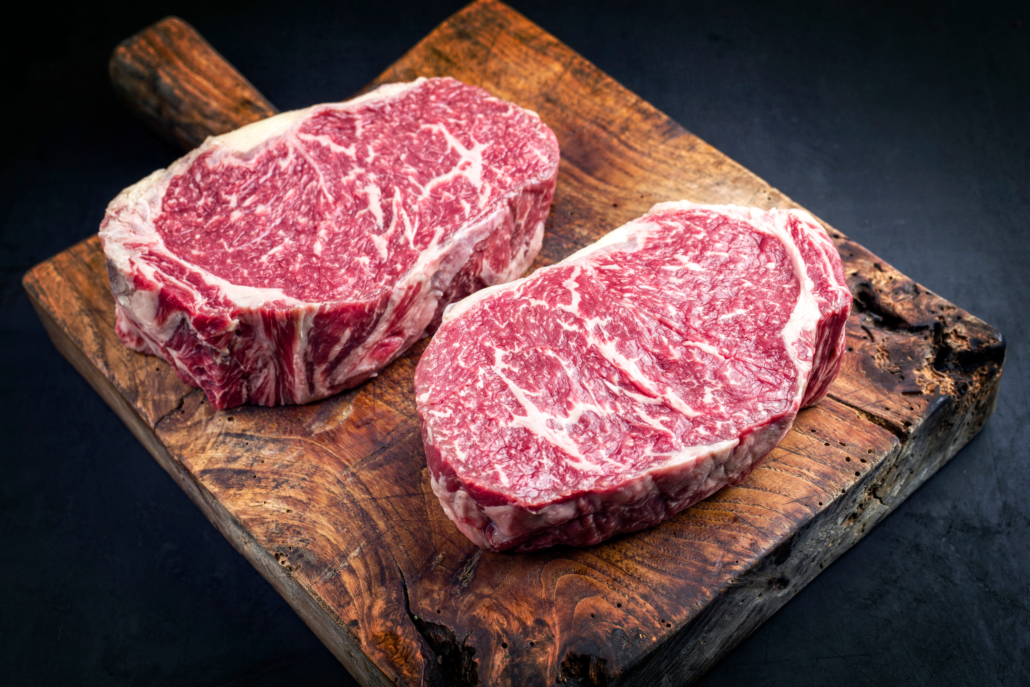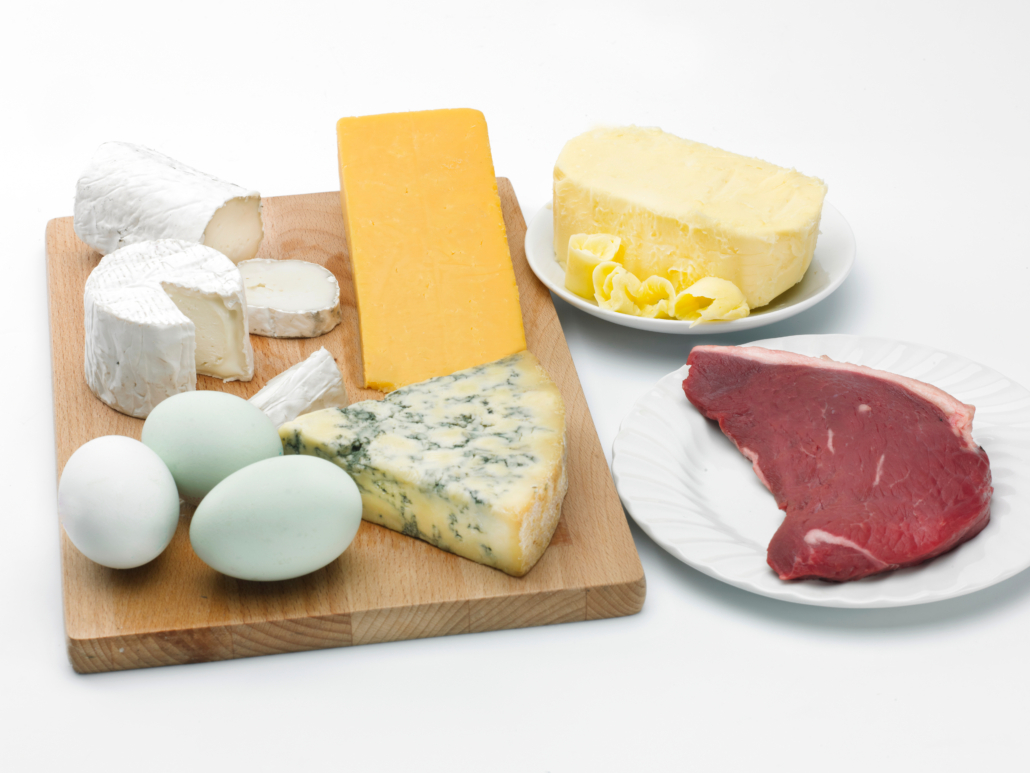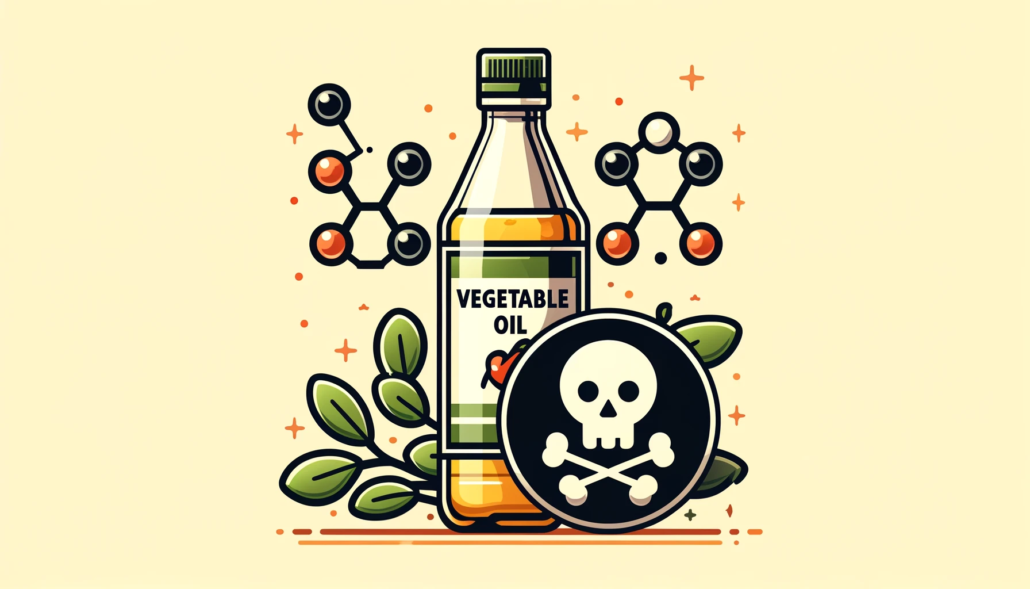We include products in articles we think are useful for our readers. If you buy products or services through links on our website, we may earn a small commission.
What is the No Carb Diet, and What Can you Eat?
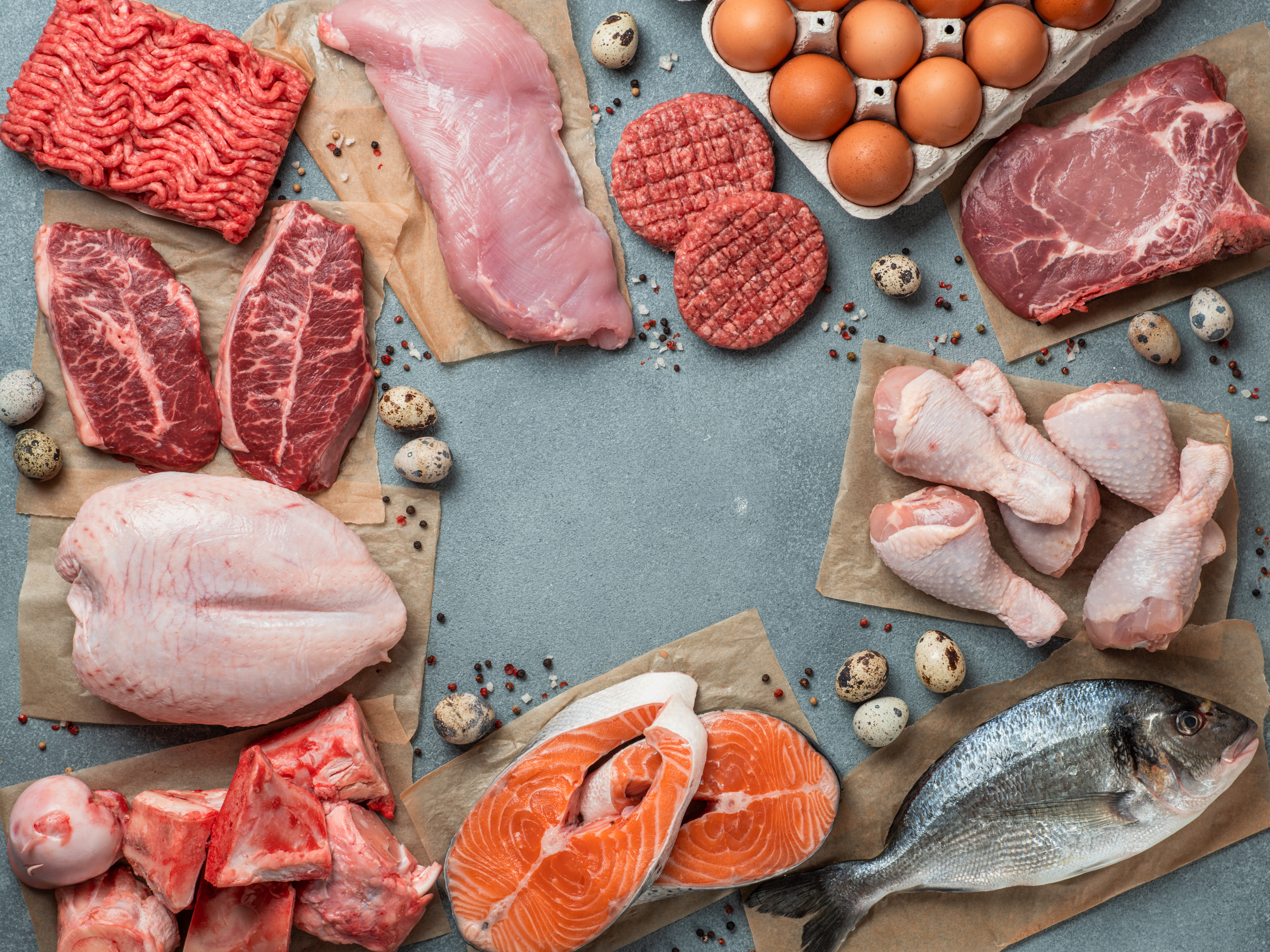
The no carb diet is exactly what it sounds like–a diet where you eat only zero carb foods.
You can think of the no carb diet as a more restrictive version of the ketogenic diet, and even more restrictive than a carnivore diet that allows milk and cheese.
As with keto and carnivore, you focus on high-fat whole foods while reducing carbs.
The difference is that on a no carb diet, you eliminate carbs altogether. This means no vegetables, grains, or fruits. Even low-carb plant foods contain some carbs.
With that said, some people are more restrictive than others when it comes to flying the no carb banner. If most of your meals are no carbs, but you allow for tallow-fried french fries once a month, does that mean you’re no longer a zero carb eater? We’ll leave that debate to the diet forums.
For now, we’ll explore what a no carb diet is, its origins, health benefits, and provide a list of zero carb foods to eat with a sample meal plan.
Table of Contents
What is a No Carb Diet?
A no carb diet is an eating plan that calls for eliminating all digestible carbs.
Digestible carbs are calculated by subtracting the amount of fiber in a food from its total carb count.
However, some proponents take it a step further and recommend eliminating even indigestible carbs (fiber) that you get from various plant foods. We’ll get into the reasoning behind eliminating fiber below.
No Carb Macros vs. Ketogenic (Low-carb) Macros
General no carb macro percentages for most people are
- 70-80 percent calories from fat
- 20-30 percent calories from protein
- 0 percent calories from carbs
Standard keto macro percentages for most people are
- 70-80 percent calories from fat
- 15-30 percent calories from protein
- 5-10 percent calories from carbs
Do I Need to Eat Carbs?
Conventional dietary guidelines tell us that carbs are our number one dietary energy source and that we should eat a diet high in complex carbohydrates, including fruits, grains, and vegetables.
However, carbohydrates are a “non-essential” nutrient. In dietary terms, “essential” is an important word. It means that we need to get it in our diets in order to stay healthy and ultimately survive. Since carbs are a non-essential nutrient, we can survive and thrive without them.
On the other hand, dietary protein and fats, including saturated fat, are considered essential nutrients that we must eat.
Proponents of low-carb high-fat diets are understandably suspicious that of the three macronutrients we get from food, our mainstream guidelines call for consuming more of the only nutrient that isn’t required.
If you’re still having trouble believing that we don’t need carbs (and may be better off without them), take a look at this passage from The textbook “Dietary Reference Intakes for Energy, Carbohydrate, Fiber, Fat, Fatty Acids, Cholesterol, Protein, and Amino Acids,” by the U.S. Food and Nutrition Board of the Institute of Medicine.
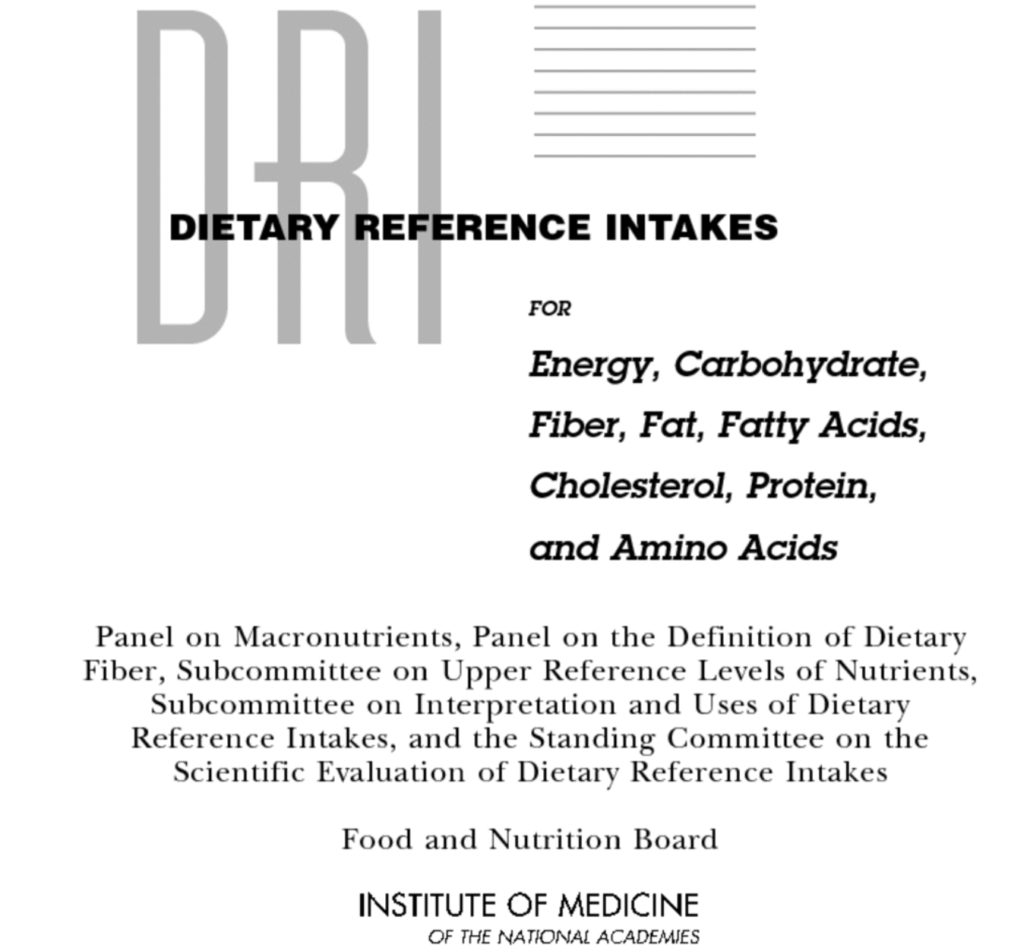
“The lower limit of dietary carbohydrate compatible with life apparently is zero, provided that adequate amounts of protein and fat are consumed.
There are traditional populations that ingested a high fat, high protein diet containing only a minimal amount of carbohydrates for extended periods of time (Masai), and in some cases for a lifetime after infancy (Alaska and Greenland Natives, Inuits, and Pampas indigenous people). There was no apparent effect on health or longevity.
Caucasians eating an essentially carbohydrate-free diet, resembling that of Greenland natives, for a year tolerated the diet quite well. However, a detailed modern comparison with populations ingesting the majority of food energy as carbohydrate has never been done.”
Cut Carbs To Reduce the Risk of Numerous Diseases
No carb dieters view high carb guidelines as a departure from our ancestral dietary patterns, and the main culprit behind numerous modern disease epidemics, including 2
- heart disease
- hypertension
- type 2 diabetes
- epithelial cell cancers
- inflammatory diseases (including autoimmune diseases, bowel disorders, osteoporosis, infertility, and more)
Researchers refer to these modern diseases as “‘the diseases of civilization” because they were virtually non-existent before the agricultural revolution. And they are extremely rare in societies that consume traditional low to no carbs diets like the Masai and Inuit.
Each of these diseases of civilization has metabolic disorders and chronic inflammation at its root.
Evolutionary Foundations of No Carb Diets
No carb diet proponents support their seemingly radical departure from mainstream modern eating patterns by highlighting research showing that zero carb eating aligns with how humans ate for most of our evolutionary history.
Researchers like Miki Ben-Dor and Amber O’Hearn present a picture of our cavemen ancestors as hyper-carnivorous hunters who feasted nearly exclusively on extremely fatty animals for nearly 2 million years of evolution.
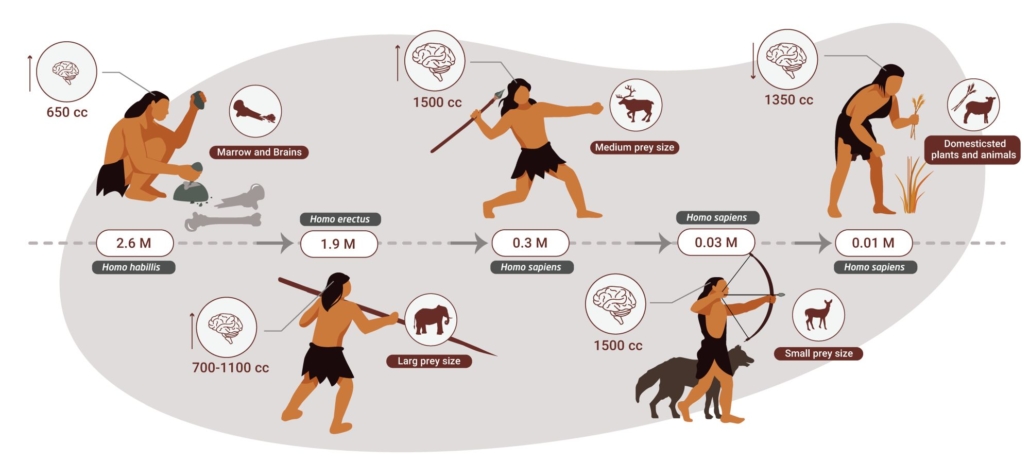
Source: Dr Miki Ben Dor
Our focus on fatty meat and our efficiency as hunters led to the collapse of these megafauna (giant animals). With fewer large animals roaming around, people began domesticating animals and plants, leading to the dawn of the agricultural revolution only 10-8 thousand years ago.
Early Encounters with No Carnivory
Despite the spread of high carb agricultural products across the globe, examples of no carb traditional diets persist.
Vilhjalmur Stefansson Discovers No Carb Carnivory
Vilhjalmur Stefansson, a Harvard-trained anthropologist, lived with the Inuit in the Canadian arctic. He was the first white man the Mackenzie River band of Inuit had ever seen, and they taught him to hunt and fish with their traditional techniques.
Living exactly as they did, Stefansson ate Caribou, salmon, seal, and eggs. 70-80% of his calories came from fat, and 99% of all his calories came from meat.
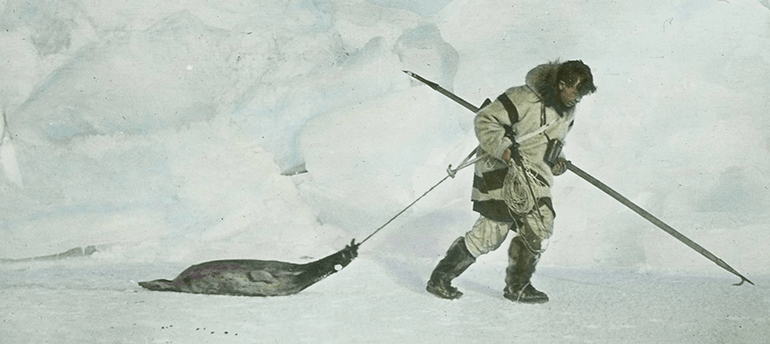
Vilhjalmur Stefansson dragging a seal back to camp. This picture was the cover photo for Stefansson’s book, “The Friendly Arctic,” published in 1921.
Stefansson describes how when eating Caribou, the Inuit most prized the fat behind the eye and the fatty meat around the head and organs. A caribou kidney is about 50% saturated fat.
The Inuit ate a combination of fatty meat and muscle meat, and, like the American Indians observed by the dietary researcher Weston, A Price, cast excess muscle meat to the dogs.
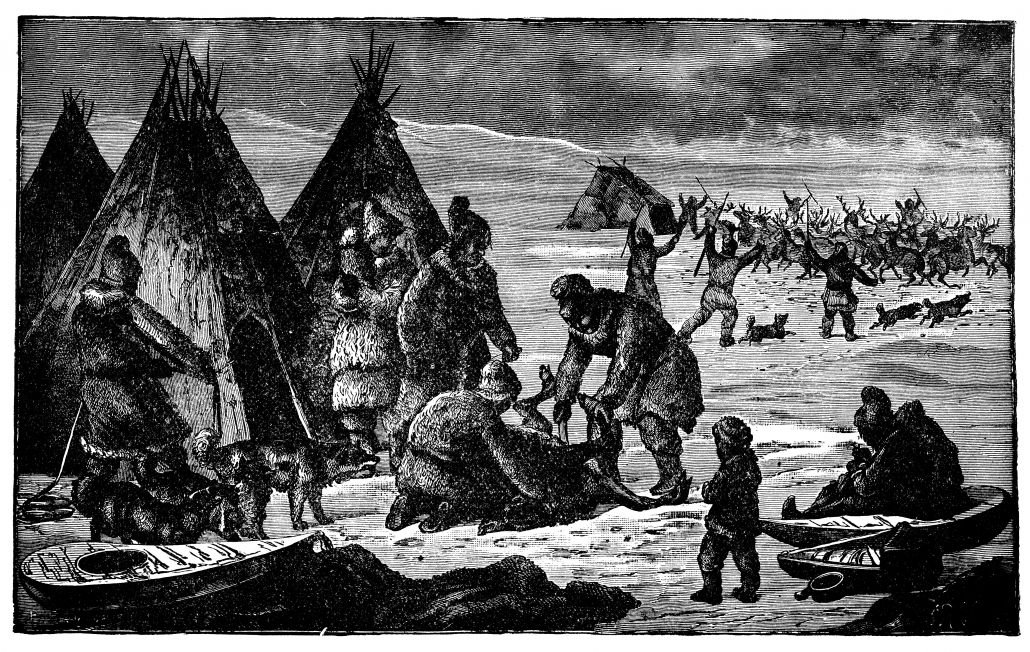
They also avoided hunting calves who were lean, selecting older caribou that packed significant fat that could be rendered from their back slabs. We’ll look more at the importance of fat below.
Zero Carb Eating Comes to the Modern West
In the early 1900s, there was already the stirring of what would become the mainstream American medical establishment’s recommendation against meat and demonization of fat.
Vegetarianism was a trend, and raw vegetables, particularly celery, were seen as the key to health and beauty. As the saying goes, what’s old is new.
When Stefansson promoted his no-carb carnivore diet he was met with hostile disbelief. Doctors feared that an all-meat diet would result in a vitamin C deficit leading to scurvy, as it had for many fur trappers and frontiersmen who relied on all-meat diets for extended periods.
To prove his detractors wrong, Stefansson and a friend vowed to eat nothing but meat and water for a year.
Under the observation of experts from New York’s Bellevue Hospital, Stefansson and his friend fell ill only once during the entire year and only after experimenters encouraged them to eat only lean meat.
Stefansson describes this low-fat experience as inflicting “diarrhea and a feeling of general baffling discomfort.” Not to fear, Stefansson and his friend were quickly cured by a single fat-loaded meal of sirloin steak and brains fried in bacon fat.
After the incident, experimenters found the ideal ratio to be 3 parts fat to 1 part lean meat, which is not surprisingly the foundation of a ketogenic diet.
Contradicting the fearful doctors, scurvy and other nutrient deficiencies never materialized–and that’s because fresh red meat actually has plenty of vitamin C– more on this later.
Good Health and No Carb Diets among African Pastoral Tribes
Traditional Masai men eat nothing but meat—often three to five pounds each during celebratory meals—blood and half a gallon of full-fat milk from their Zebu cattle. That’s the equivalent of a half-pound of butterfat.
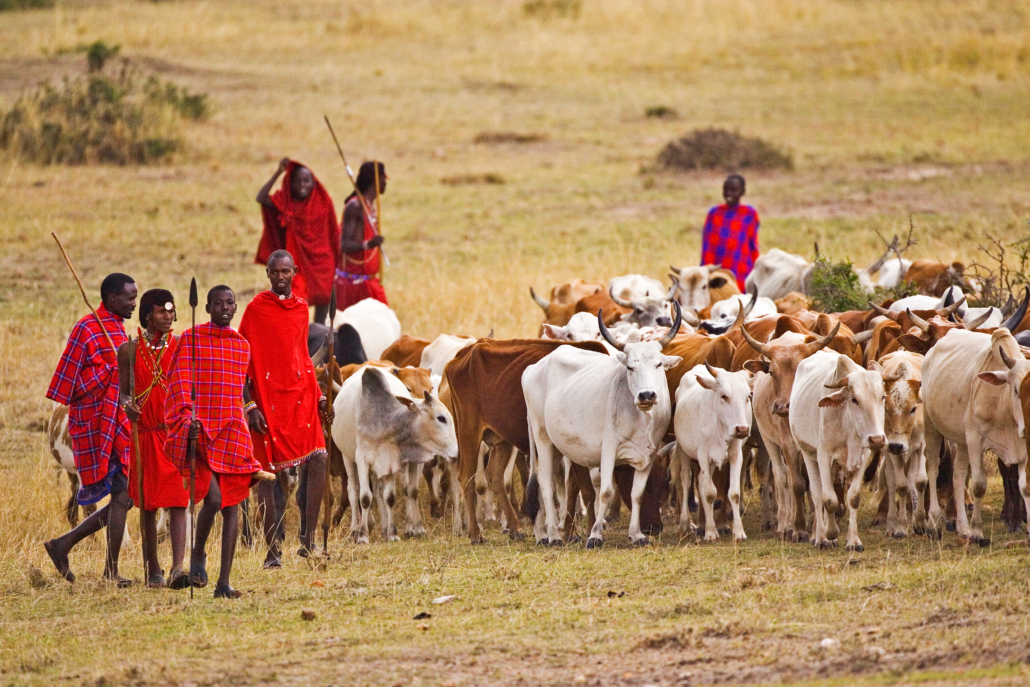
Likewise, the Samburu people eat on average a pound of meat and drink almost two gallons of raw milk each day for most of the year. That’s equivalent to one pound of butterfat per day.
Shepherds in Somalia consume a gallon and a half of camel’s milk each day, also equivalent to a pound of butterfat.
Each of these tribes gets more than sixty percent of their energy from animal fat, yet their mean cholesterol is only about 150 mg/dl (3.8 meq/l), far lower than the average Western person.
In the 1960’s prominent doctor and professor George V. Mann studied the Masai as an example of a population that thrived on a high-fat, low carb, and no-vegetable diet.
Mann’s life work was aimed at confronting what he called the “heart mafia,” a group of influential figures and institutions in the American medical establishment that created and defended erroneous links between the consumption of animal fat, high cholesterol, and an increase in heart disease.
Mann found that despite the Masai’s high-fat diet, their blood pressure and weight were about 50% less than they were for Americans and that they experienced almost no heart disease, cancer, or diabetes—the so-called diseases of civilization.
No Carb Diets and Longevity in American Indians
Mann’s work with the aging Masai reflects the earlier observations of Ales Hrdlicka, a doctor and anthropologist, who, between 1898 and 1905, surveyed the health of Native American populations in the American Southwest.
Studying Native American elders who lived most of their lives on a diet based on fatty meat from buffalo before their traditional ways of life were destroyed, Hrdlicka found the population to be in incredibly good health.
Malignant diseases were extremely rare, as was dementia and heart disease–he found only 3 cases out of the 2000 people he surveyed.
He also found that there were many more centenarians among the Native Americans (224 per million men, and 254 per million women) compared to the whites (3 per million men, and 6 per million women).
Stefansson, Mann, and Hrdlicka’s observations of hunter-gatherer and non-Western populations thriving on no carb diets are only a few examples among many from our anthropological record.
These findings beg the question of whether agriculture was truly a step forward for human health? And the answer appears to be a resounding no.
Benefits of No Carb Eating
Despite the mainstream nutritional establishment’s suspicion (and hostility) towards zero carb eating, there are numerous researched benefits of cutting carbs.
Thousands of zero carb dieters describe a wide range of benefits, including:
- Fewer hunger cravings and kicking carb addiction
- Mental clarity and better mood
- Improved markers of heart health
- Improved fertility
- Clearer skin
- Better digestion
- Reducing inflammation and decreasing symptoms of various inflammatory disorders
Until 2021, the benefits of zero carb diets were mainly anecdotal or observed by doctors outside of the research establishment.
Then, in 2021, Harvard University researchers Dr. Belinda Lennerz and Dr. David Ludwig examined the effects of a no carb carnivore diet for 2,029 people over 6 months.
The study concluded, “Contrary to common expectations, adults consuming a carnivore diet experienced few adverse effects and instead reported health benefits and high satisfaction.”
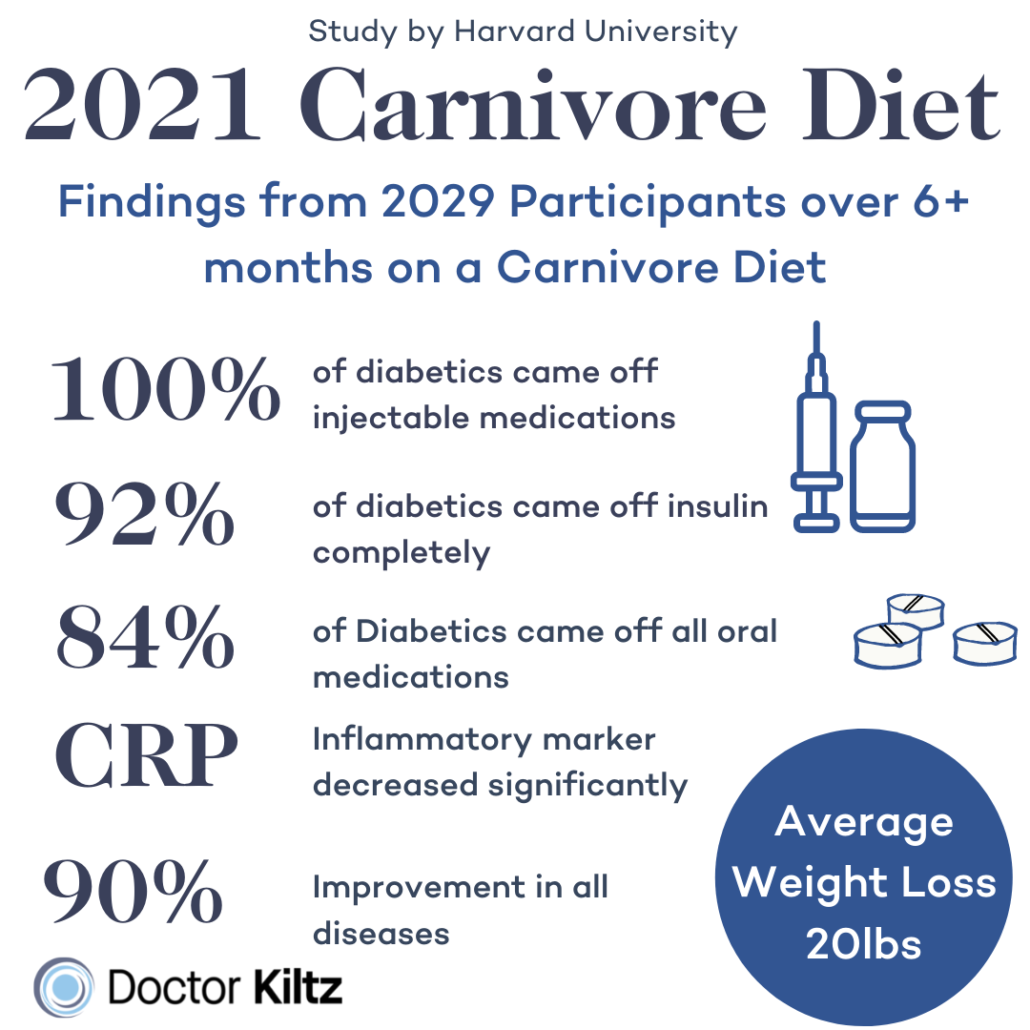
The positive health benefits include:
- 93% improved or resolved obesity and excess weight
- 93% improved hypertension
- 98% improved conditions related to diabetes
- 97% improved gastrointestinal symptoms
- 96% improved psychiatric symptoms
The Harvard study is mirrored by a similar 2019 survey conducted by Revero, a company created to support people in adopting low and no carb eating plans.
Gathering responses from 12,000 participants practicing the zero carb carnivore elimination diet of red meat, salt, and water.
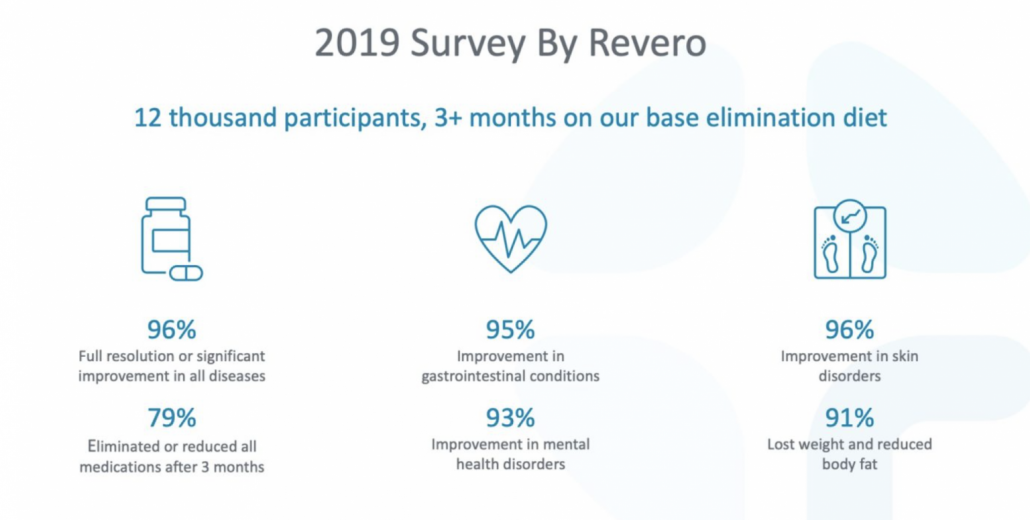
Though the Harvard and Revero studies depend on self-reported data, the results suggest a significant need for more research aimed at understanding these dramatic health benefits.
Reduces Glycation
Glycation is one of the main processes by which carbs wreak havoc on the body.
Glycation occurs when sugar molecules bind to proteins, fats, RNA, and DNA. This sugar/cell binding has been shown to result in:
- Impaired immune function
- Kidney failure
- Eye damage and other complications associated with diabetes
- PCOS, insulin resistance
- Endometriosis
- High blood pressure
- heart disease
- Cancer metastasis and resistance to chemotherapy
No Carb Eating Protects the Glycocalyx
A no carb diet protects the glycocalyx. Glyco-what? You’re probably asking.
Though you probably haven’t heard of this important part of your body, you’ve certainly relied on it for numerous critical bodily functions.
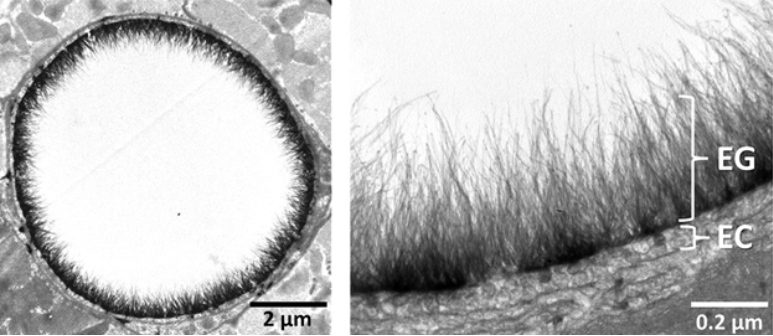
This dense microscopic layer of glucose molecules, proteins, and fats coats the outer membranes of every cell in your body.
Damaged or toxic cells have often had their glycocalyx stripped away — a testament to its protective abilities.
The benefits of the glycocalyx can be divided into three major categories:
- Cardiovascular protection
- Hormonal regulation
- Increased blood flow
High-carb diets have been shown to damage this delicate membrane. For example, in one study, only 6 hours of exposure to high blood sugar reduced glycocalyx volume by 50%.
The research team attributed this degradation to oxidation and inflammation caused by high blood sugar. They confirmed this theory by infusing another load of glucose (carbs) with a powerful antioxidant that protected the glycocalyx from damage.
Combats Metabolic Syndrome
Dramatically restricting carbs can reduce and even reverse symptoms of metabolic disorder, including high-blood pressure, elevated blood sugar, and excess body fat.
In a controlled feeding trial, researchers examined the effects of an extremely low-carb and high-fat Spanish Keto Mediterranean Diet (SKMD) on 22 obese participants with metabolic syndrome.
After only 12 researchers found that:
- All participants no longer had metabolic syndrome
- Fasting blood sugar levels dropped from a pre-diabetic 118 to a healthy 91
- Participants lost an average of 30 pounds
- Participants reduced their waist circumference by an average of 6 inches (16 centimeters)
- Body mass index (BMI) dropped from 37 to 31.5: A drop from class 2 obesity to the low end of class 1
- Increased “good” HDL cholesterol from 44 to 58
- Decreased triglycerides from 224 to 109
- Changed from “prehypertensive” to “normotensive”
- Reduced markers of fatty liver disease, including liver enzymes and liver fat–in some cases completely resolved
It’s worth noting that after 12 weeks most participants were still on the lower scale of obesity, yet their metabolic syndrome was completely resolved.
What this tells us is that being obese is not the cause of metabolic disease. These powerful metabolic transformations can be attributed to cutting carbs and increasing fat.
Reduce Food Cravings and Promote Weight loss
Numerous studies show that cutting carbs and increasing fat and protein or fat makes you feel fuller and more satiating. The result is that you’ll eat fewer calories and have a better chance of leaving your carb addiction in the dust.
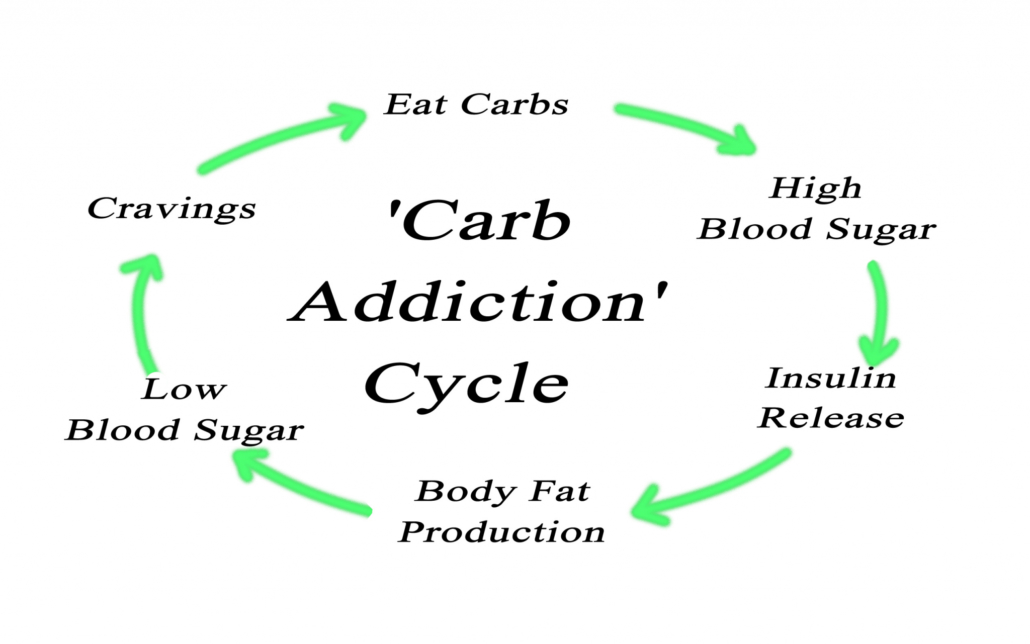
A study of 79 obese adults over 6 months found that restricting carbs intake to less than 30 grams per day resulted in an average loss of 8.8 pounds more than participants who restricted fat to less than 30% of daily calories.
Numerous other studies show that low-carb keto diets result in more sustained weight loss compared to low-fat diets.
Supports Heart Health
A no carb diet may support heart health by reducing blood triglyceride levels.
One study in 29 obese men found that restricting carb intake to only 10% of caloric intake over 12 weeks reduced triglyceride levels by 39%.
Very low-carb diets have also been shown to increase levels of HDL (good) cholesterol, which is protective against heart disease.
Zero Carb Diets Eliminate Plant Toxins and Antinutrients
Though plants are lauded as healthy superfoods, most nutritionists are ignorant to the fact that for most of human history (2 million years) plants have been absent from, or provided only a very small part, of the human diet.
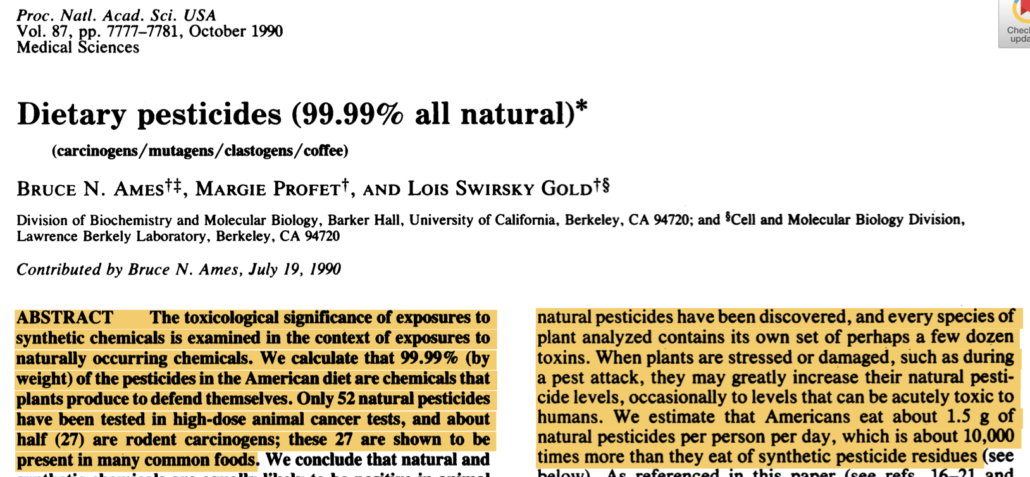
It is worth considering that since plants can’t run, hit, claw, or bite their way out of danger, they have evolved a sophisticated arsenal of plant defense mechanisms. These include a plethora of plant toxins and antinutrients.
Research suggests that eating plant foods results in consuming 1.5 grams of natural pesticides every day. This is more than 10,000 times more natural pesticides than synthetic compounds.
Common plant foods like gluten, lectins, and phytates contribute to chronic inflammation by promoting intestinal permeability, AKA leaky gut.
The ruminant animals like cows, bison, and sheep that most people eat in abundance on a no carbs diet can ferment plant foods into fatty acids that become part of their meat. In this process, the plant toxins are eliminated or neutralized.
For this reason, Doctor Kiltz likes to say, “we came out of the trees not to eat the grass but to eat the grass eaters.”
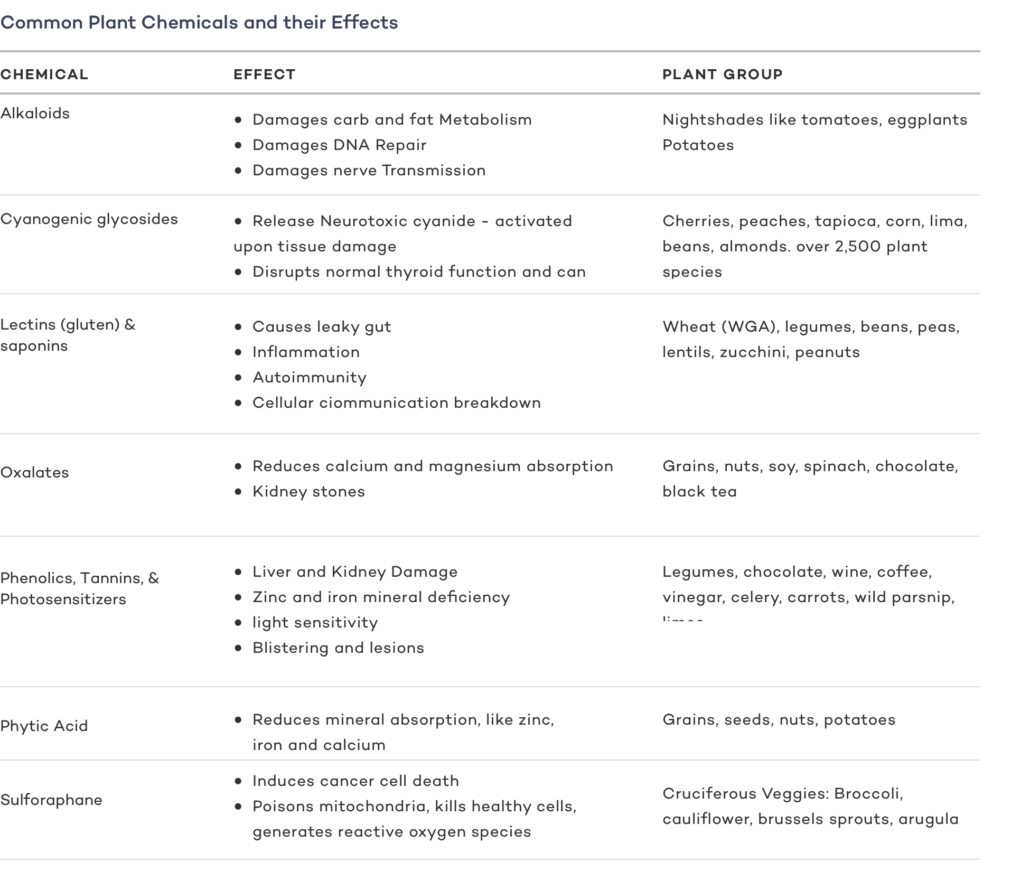
No Carb Diets Promote More Nutrient-Dense Foods
Cutting carbs means focusing on zero carbs foods like fatty meats, eggs, seafood, and full-fat dairy. These animal products are among the most nutrient dense foods on earth.
In fact, no carb diets provide numerous essential and vitalizing nutrients only found in animal products, including:
- D3
- B12
- Vitamin A (Retinol)
- Heme iron
- Vitamin K2 (mk-4)
- Docosahexaenoic acid (DHA)
- Eicosapentaenoic Acid (EPA)
- Taurine
- Creatine
- Carnitine
- Carnosine
Let’s take a closer look at the benefits of some of these key nutrients.
Vitamin K2 (mk-4)
Vitamin K2 (mk-4) is found only in meat and dairy products. Most people consuming a high carb standard American diet are acutely K2 deficient.
K2 functions similarly to a hormone by activating proteins that prevent the calcification of arteries, kidneys, blood vessels, and tissues while promoting calcium binding to bones and teeth.
In the early 20th century, pioneering dietary researcher Weston A. Price discovered the diets of traditional peoples were centered around vitamin K2 foods. Not surprisingly, these cultures had few instances of osteoporosis, heart disease, cancer, and tooth decay.
A major study of 16,057 women found that those with the highest K2 intake had a far lower risk of heart disease. For every 10 mcg of K2 consumed per day, heart disease risk dropped by 9%.
Conjugated Linoleic Acid (CLA)
Pasture-raised meats provide high levels of highly beneficial conjugated linoleic acid (CLA).
CLA has been shown to, reduce body fat, increase muscle mass, support immune function, reduce risk of heart disease, reduce diabetic symptoms, and promote bone health and density.
Stearic Acid
Stearic acid is one of the most abundant saturated fats in red meat.
Studies show that stearic acid can improve body fat ratio, support mitochondrial function, and promote weight loss.
Vitamin A Retinol
This essential vitamin regulates more than 500 genes, plays a key role in stem cell production, and supports healthy skin, vision, hair, and physical growth. It’s also nearly unusable in the form you get in plant foods. This means it’s important to get your preformed version of vitamin A from no carb animal products.
B12
No carb diets are extremely high in vitamin B12 foods like steak, pork, and seafood.
B12 help your body convert nutrients from food into energy, help form red blood cells, boost cognition and stabilize mood.
Heme Iron
Found only in meat, heme iron is far more bioavailable than non-heme plant iron. It’s a key to red blood cell formation, energy metabolism, healthy cognition, and immune function.
Zinc
Like other nutrients on a no carb diet, zinc from animal sources is 400% more useable than zinc found in grains.
Zinc supports male and female fertility, supports cognitive development, and protects against heart disease.[23 21] 24]
Carnosine
You won’t find carnosine on a nutrition label, but this meat-specific nutrient offers numerous powerful benefits.
Carnosine provides anti-aging properties and may protect against age-related cognitive decline.[25] [26] It also prevents glycation– reducing damage from carb molecules attaching to cells and DNA [27] Carnosine also acts as an antioxidant while protecting telomeres from damage and shortening related to aging. [28]
Carnitine
Carnitine may dramatically improve male fertility, reduce anemia, and support mitochondrial function and heart health [29] 31 [32]
CoQ10
Coenzyme Q10 is a powerful antioxidant that provides cardio-protective and anticarcinogenic properties while increasing sperm quality.40] 42.
No Carb Foods to Eat
Foods to eat in abundance on a no card diet include:
- Red meat, including beef, lamb, bison, and pork
- Animal fats, including butter, tallow, ghee, and lard
- Eggs
- Low carb cheese
- Low carb seafood and fatty fish
- Zero carb beverages: water, black coffee, and plain tea
Foods to Avoid
A no carb diet restricts–or dramatically limits, depending on how strict you follow it–all food with carbs, including
- Grains including wheat, rice, oats, quinoa, and grain products like bread and pasta
- Sweets and baked goods
- Fruits
- Vegetables
- Beans and legumes
- Dairy with carbs, including milk and yogurt
- Condiments like sauces and dressings
- Alcohol, including beer, wine, and liquor
- Vegetable “seed” oils–though these oils don’t have carbs, they are toxic, inflammatory industrial products
Is Red Meat and Animal Fat Healthy?
When looking at the no carb foods listed above, you may be wondering if a diet high in meat and animal fats is healthy?
The short answer is yes. Modern research is calling for a major reassessment of recommendations against red meat and animal fats.
In fact, these whole foods are likely among the healthiest foods available.
Here’s a rundown on the current scientific evidence:
- There is no significant association between saturated fat and heart disease, stroke, diabetes, death from heart attacks, and cancer
- Saturated fat is healthy when enjoyed as part of whole foods, including fresh meat
- Total meat consumption is associated with greater life expectancy, independent of total caloric intake, economic status, urban advantages, and obesity
- low-carb, high-fat, high-meat diets show significantly better health outcomes when compared to vegetarian diets with regards to cardiovascular health, weight loss, and blood sugar regulation
- Eating meat can be good for the environment when produced using “regenerative agricultural practices” that remove carbon and improve soil health.
Types of No Carb Diets
There are various approaches to practicing a no carb lifestyle, ranging from more to less restrictive food lists.
Zero Carb Nose-To-Tail
Nose-to-tail–whole animal eating centers on red meat, animal fats, and nutrient-dense organ meats.
Proponents of nose-to-tail eating point to its close alignment with ancestral eating patterns.
Standard Zero Carb Carnivore Diet
A zero carb carnivore diet is centered on ruminant meats from beef, bison, and lamb.
In addition, it is supplemented with all types of meats, including pork, eggs, seafood, poultry, and fatty cheese.
Lion Diet
Popularized by psychologist Jordan Peterson, this minimalist approach to zero carb eating calls for consuming only red meat, satl, and water.
Most people practice this diet as an elimination protocol for a few months and eventually add in other animal foods like oysters, organ meats, and dairy.
How to Do a No Carb Diet
Here are a few pointers that will help you make a smooth and sustainable transition to a zero carb diet.
Eat a Lot of Fat
The key to successful no carb eating is consuming enough fat.
It’s important to consider that you can only consume 35-50% of calories from protein before incurring symptoms of protein poisoning. [87]
On a no carb diet, it’s best to get 70-80% of your calories from fat.
If you don’t eat enough fat on an no carb diet you will get protein poisoning, where you can actually starve to death even when getting more than enough calories.
Sample 7-Day Zero Carb Meal Plan
Here’s a sample standard no carb diet 7 day meal plan
| Day 1 | Day 2 | Day 3 | Day 4 | Day 5 | Day 6 | Day 7 | |
| Lunch | Ribeye Steak and Eggs | Eggs and Salmon pan-fried with tallow | Roasted Pork ribs | 8 oz. Pork belly | 8 oz Prawns with butter and 2 eggs | Pork ribs and eggs | Pork belly |
| Dinner | Lamb Chops and raw oysters (3) | Beef burger with tallow | Prawns with tallow | Beef burger with tallow and raw Oysters (3) | 8 oz Ribeye steak with tallow | Lamb chops with tallow | Salmon roasted with tallow |
What About Vitamin C?
One of the most common concerns about a diet that eliminates virtually all plant foods is that you won’t get vitamin C. The false idea that meat doesn’t provide vitamin C has been around since researchers first encountered carnivorous diets among traditional peoples.
Dr. Weston A. Price asked a Native American whose tribe subsisted on a diet of seafood, moose, and deer: “Why don’t you get scurvy?”
He responded, “That’s a white man’s disease.”
And he was right. Scurvy (the disease of vitamin C deficiency) was witnessed mainly among sailors eating a diet of dried meats and high carbs from vitamin-depleting grains.
It turns out that fresh meats does provide more than enough vitamin C to prevent scurvy.
Recent research published in Meat Science Journal confirms that fresh beef has approximately 1.6 mcg/g of vitamin C in grain-fed meat and 2.56 mcg/g in grass-fed meat.
On a carnivore diet, if you’re eating 1000 grams of meat, or 2.2 lbs per day, you will be consuming 25.6 mcg and 16 mcg of vitamin C, respectively. This is more than enough to prevent scurvy.
| Beef Muscle Meat (1000 grams/2.2 lbs) | Amount Vitamin C | % sufficient to prevent scurvy |
| Grass-fed beef | 25.6 mcg | 256% |
| Grain-fed beef | 16 mcg | 160% |
What About Fiber?
We’ve all been fed the myth that fiber is essential.
However, modern research suggests that fiber is not necessary and that we may be better off without it.
Research has also revealed that insoluble fiber can act like an antinutrient by inhibiting digestive enzymes and binding to minerals, including iron, zinc, magnesium, and calcium, preventing their absorption by the body.
In other words, fiber isn’t the pipe cleaner we thought it was.
A 2012 randomized control trial published in the World Journal of Gastroenterology examined the effects of limiting fiber on constipation and IBS. The study revealed significant reductions in symptoms after only two weeks without fiber. But when subjects returned to eating fiber, their constipation and IBS returned.
The researchers concluded, “the previous strongly-held belief that the application of dietary fiber to help constipation is but a myth. Our study shows a very strong correlation between improving constipation and its associated symptoms after stopping dietary fiber intake.”
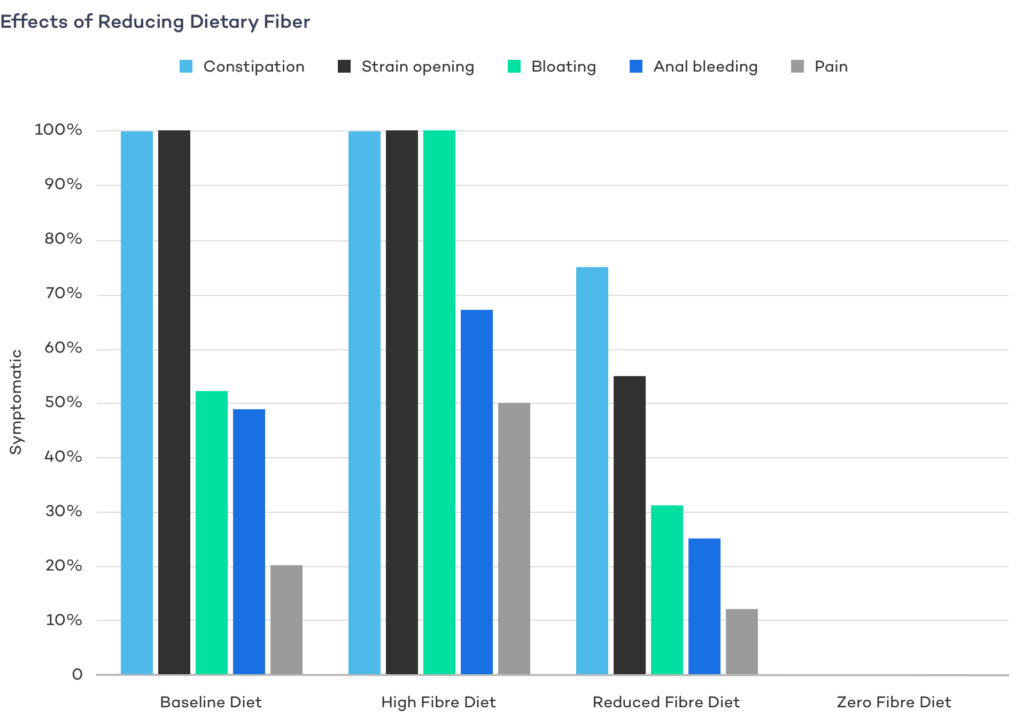
In another study consuming more fat and reducing fiber increased testosterone by 13% and decreased estrogen by 12-28%. Increasing testosterone levels can help you boost muscle mass.
The No Carb Diet: The Takeaway
Though no- and extremely low-carb diets have only recently gained popularity, they have been around since the dawn of the human species.
In fact, eating a no carb diet of nutrient-dense fatty meats is likely responsible for fueling the evolution of our exceptionally large brains, ultimately separating us from our primate ancestors.
A no carb diet eliminates non-essential carbs and fuels our bodies with the fats and proteins that our genome, forged over millions of years, has evolved to thrive on.













